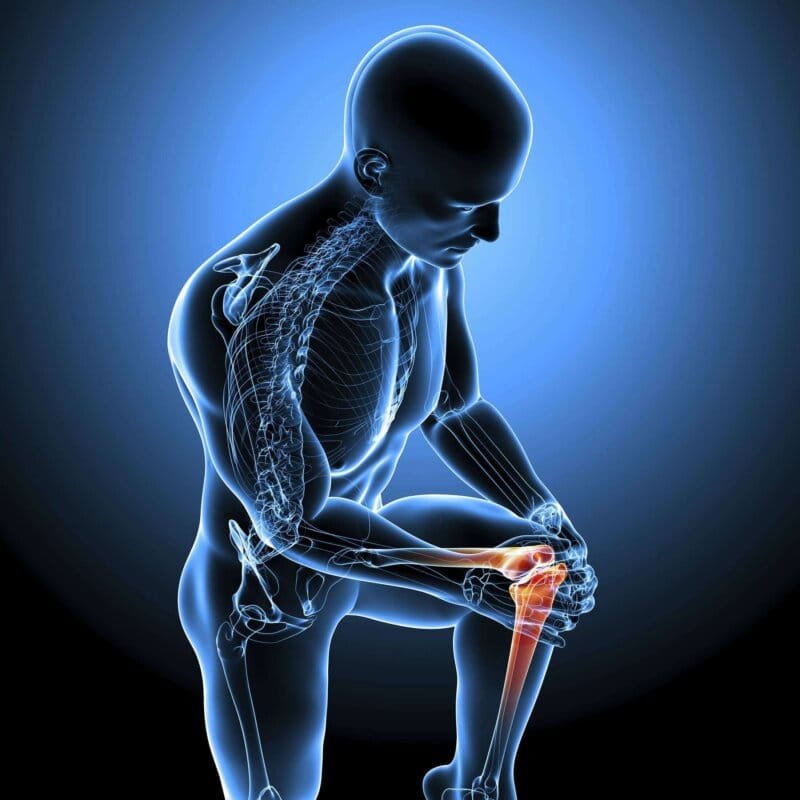A beginners guide to CBD
Unravelling the Ache-Alleviating Properties of CBD: Fact or Fiction?
Cracking the Code: Separating Fact from Fiction in CBD’s Promised Pain-Relieving Abilities
CBD, or cannabidiol, has emerged as one of the hottest trends in the alternative health market, with claims of powerful pain-relieving properties making headlines. But is CBD truly a wonder compound that can effectively alleviate aches and pains, or is it all just hype? Let’s delve into the available research and separate fact from fiction surrounding CBD’s alleged properties.
1. CBD: A Natural Pain Reliever?While CBD’s potential as a pain reliever is widely discussed, scientific evidence supporting its effectiveness remains limited. Some studies have indicated that CBD may interact with receptors in the body’s endocannabinoid system, which regulates pain perception. However, the mechanisms by which CBD may alleviate pain are still not fully understood, and further research is needed to establish its efficacy.
2. Safety and Side Effects When considering the use of CBD for pain relief, it is important to consider safety and potential side effects. CBD is generally regarded as safe, with few reported adverse effects. However, it can interact with certain medications, so it is crucial to consult with a healthcare professional before using CBD, especially if you take other medicines.
3. The Need for Controlled Clinical Trials Although anecdotal evidence and individual experiences suggest that CBD may relieve aches and pains, more rigorous scientific studies are required to establish its effectiveness. Controlled clinical trials with larger sample sizes and placebo-controlled groups are needed to provide reliable data on CBD’s pain-relieving properties. Until then, it is important to approach CBD as a potential pain management tool with caution and consult with healthcare professionals for guidance.
The Enigma of CBD: Analysing its Potential to Bring Relief from Aches and Pains
The use of CBD for pain relief has gained significant attention, but the reasons behind its purported effectiveness remain a mystery. Scientists believe that CBD may act on various receptors in the body, including the vanilloid receptor, which is involved in pain modulation. Additionally, CBD’s anti-inflammatory properties may contribute to its potential to alleviate pain associated with conditions such as arthritis. However, much more research is needed to comprehend how CBD works fully and to determine the extent of its therapeutic potential.
Exploring CBD’s Different Forms
CBD is available in various forms, including oils, topicals, capsules, and edibles. Each delivery method has its advantages and disadvantages regarding pain relief. For example, topical CBD products may be more suitable for localised pain, while ingestible forms can provide systemic relief. Understanding the different formulations and their impact on pain management is crucial for users seeking optimum results.

Pictured: 50mg CBD patches, 1500mg total
Considerations for Pain-Related Conditions
- Chronic conditions: CBD’s long-lasting effects may make it a potential option for individuals with chronic pain. However, consulting with healthcare professionals to explore all available treatment options is essential.
- Acute pain: CBD’s potential as a pain reliever for acute conditions, such as post-operative discomfort, is still being investigated. It is important to prioritise conventional medical advice and treatment for such situations.
- Individual variability: Each person may respond differently to CBD, and factors like dosage, frequency, and the underlying cause of pain can influence its effectiveness. Finding the right approach may require trial and error.
Unlocking the Mystery: Delving into CBD’s Alleged Ache-Alleviating Properties
1. Possible Mechanisms Behind CBD’s Pain ReliefOne proposed mechanism for CBD’s pain-relieving properties is its ability to interact with the body’s serotonin receptors, which play a role in pain perception. CBD may also have anti-inflammatory effects, reducing pain associated with arthritis.
However, these theories require further investigation to uncover the full extent of CBD’s potential mechanisms of action.
2. Psychological Relief: Mind Over Matter?
Another factor contributing to CBD’s potential pain relief is its interaction with the brain’s reward and pleasure centres. CBD may promote a sense of well-being and relaxation, potentially reducing the psychological impact of pain. This aspect of CBD’s influence on pain management warrants continued exploration.
Investigating CBD’s Safety Profile
– CBD is generally well-tolerated, with few reported side effects. However, some individuals may experience mild symptoms such as tiredness, changes in appetite, or diarrhoea. It is crucial to source CBD products from reputable manufacturers and follow recommended dosages to ensure safety.
Regulatory Challenges and Quality Control
The CBD market faces regulation and quality control challenges, with varying standards across different regions. Consumers should seek out products that undergo third-party testing to ensure purity and potency.

Potential Drug Interactions
CBD can interact with certain medications, particularly those metabolised by the liver enzyme CYP450. It is essential to consult with healthcare professionals to identify potential interactions before using CBD.
Sorting Truth from Tales: Investigating CBD’s Effectiveness in Soothing and Healing Aches
1. Debunking Exaggerated ClaimsWhile CBD may hold promise as a natural pain reliever, separating exaggerated claims from reliable scientific evidence is crucial. Some companies may overstate the benefits of CBD without substantial supporting data. Consumers must critically evaluate claims and look for reliable sources of information.
2. The Importance of Quality Research. Well-designed clinical trials are essential to determine CBD’s effectiveness in pain management. These trials should include diverse populations, standardised dosing, and appropriate control groups. Only through rigorous research can the true potential of CBD be uncovered.
Realising the Potential: The Future of CBD in Pain Relief
– While CBD’s ache-alleviating properties remain an enigma, ongoing research and the growing interest in natural alternatives to traditional pain medications indicate a bright future. As scientists unravel the mysteries surrounding CBD, it is crucial to approach its use carefully, seeking guidance from healthcare professionals and remaining open to new scientific discoveries.
Considerations for the Consumer
- Research: To make informed decisions, stay up-to-date with the latest research on CBD and pain relief.
- Consultation: Talk to healthcare professionals to understand if CBD suits your specific condition and address any concerns or potential drug interactions.
- Source: Choose reputable CBD products that undergo third-party testing to ensure quality and purity.
- Individual response: Remember that individual reactions to CBD can vary, and finding the right product, dosage, and delivery method may require experimentation.
Conclusion
The promise of CBD as a pain-relieving compound sparks both excitement and scepticism. While anecdotal evidence and emerging research suggest CBD’s potential in soothing aches and pains, further exploration and robust clinical trials are necessary for conclusive evidence. As consumers, we must remain vigilant, seek reliable information, and consult healthcare professionals to navigate the enigma of CBD’s ache-alleviating properties.
Related pages
What are CBD patches suitable for?


